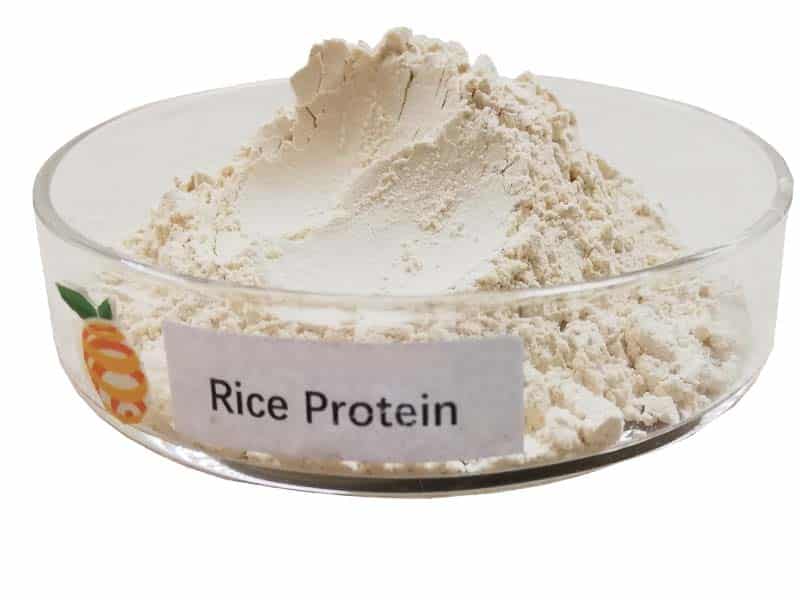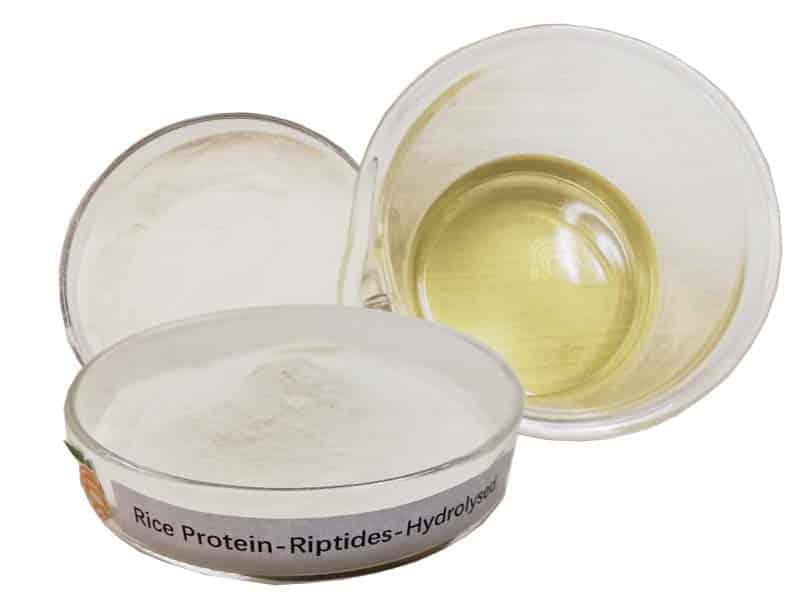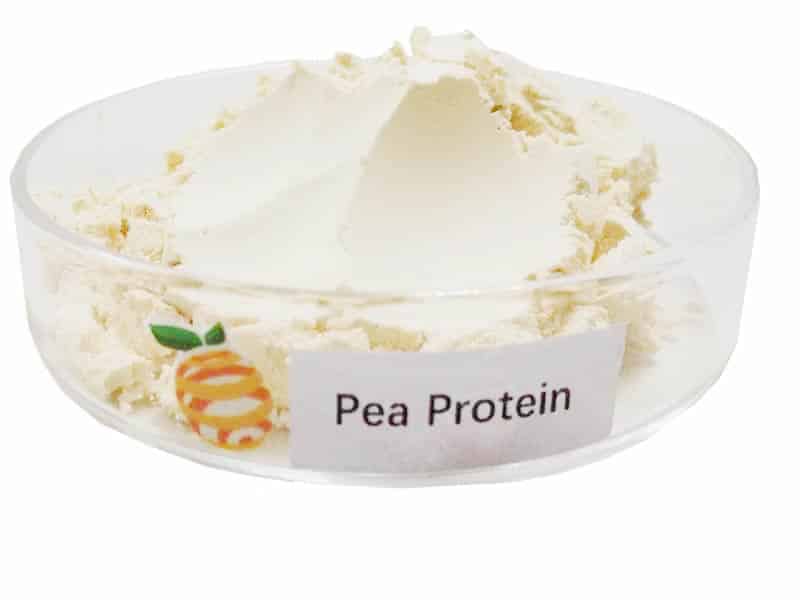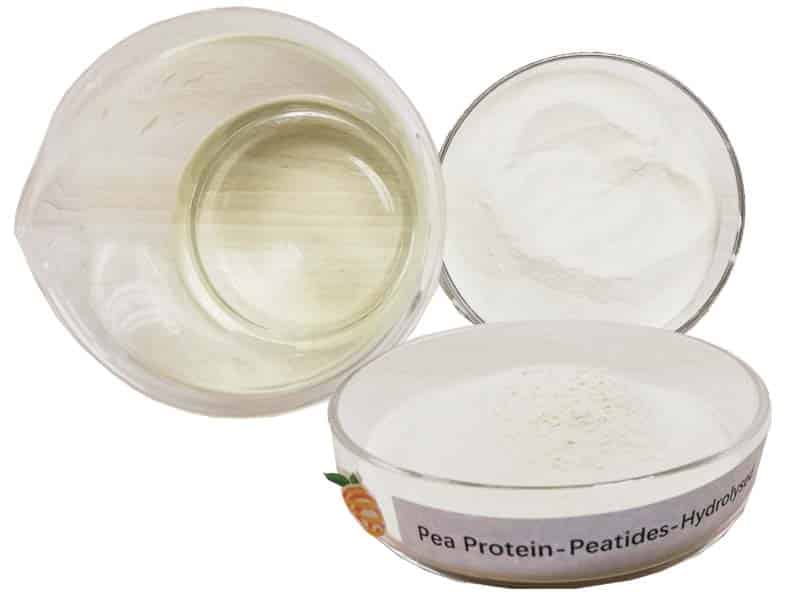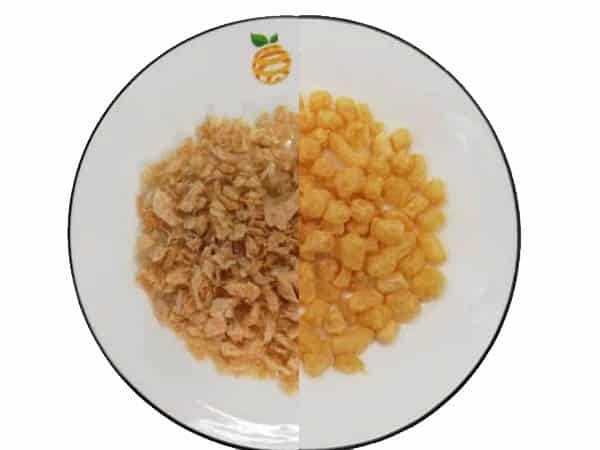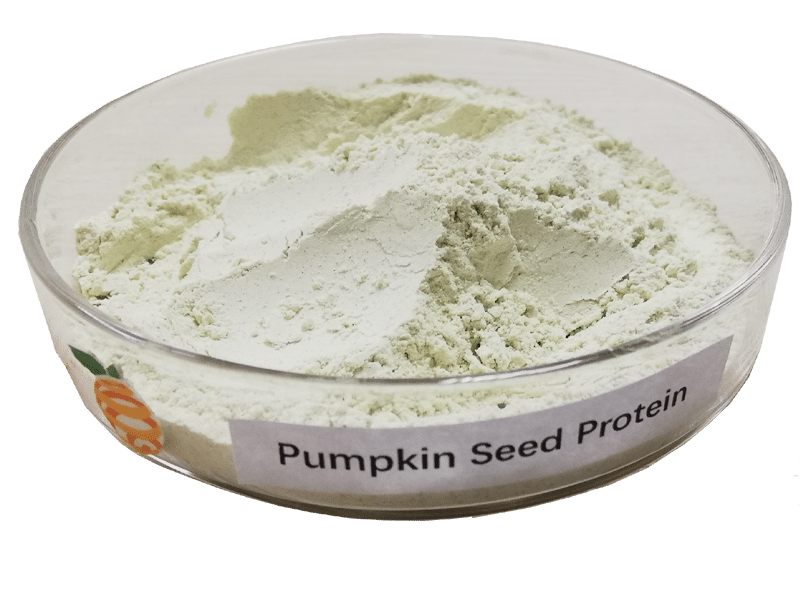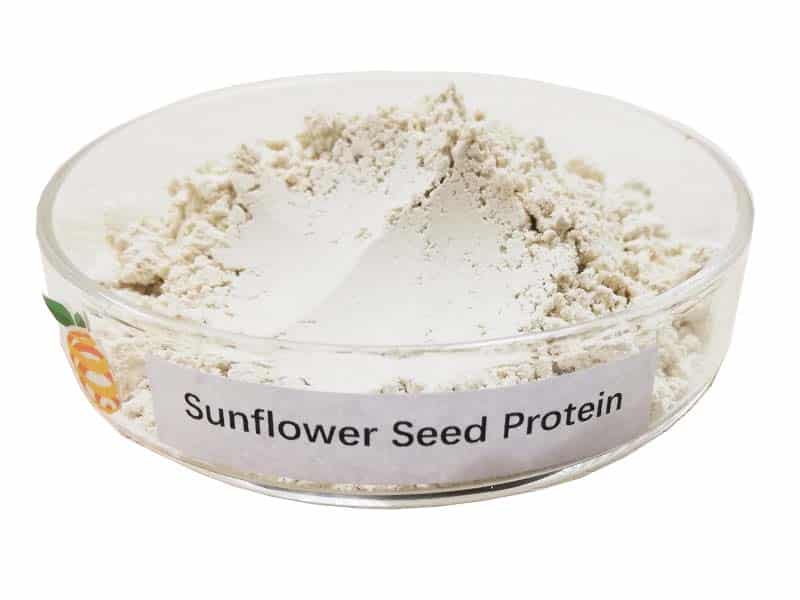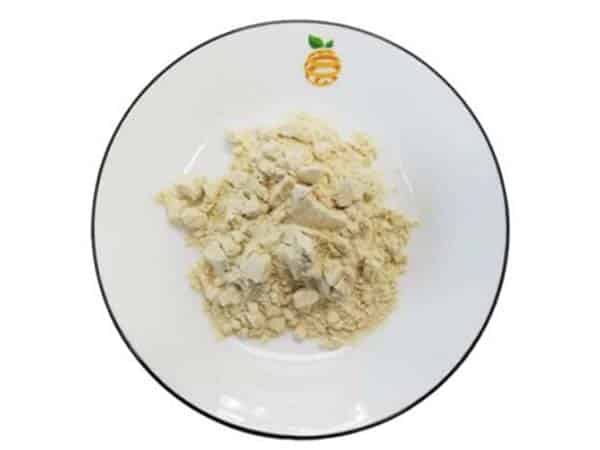Recent Advances in Ergothioneine Research II
Explore the latest research on ergothioneine’s role in human health, disease prevention, and its potential as a therapeutic agent.
Abstract
Recently, there has been a surge in interest in the unique low molecular weight dietary thiol/thione, ergothioneine (ET). This compound can accumulate at high levels in the body from dietary sources and may play significant physiological roles in human health and development, as well as in the prevention and treatment of diseases. Levels of ET in the blood decrease with age and the onset of various diseases. In this document, we focus on the latest advancements in our understanding of ergothioneine in the human body.
Gerontology Perspective
Infants and Children – Potential Role of Ergothioneine in Human Development?
Although ET is present in the blood, urine, and brain of newborns and infants, its role in human developmental processes is not well understood. Studies have identified the expression of OCTN1 on the rat placenta, which may facilitate the transport of ET from mother to offspring. Our preliminary studies have indeed shown a strong correlation between ET levels in the blood of human mothers and their children, suggesting maternal transfer of ET and its possible role in infant development. OCTN1 is also expressed in human mammary glands, with a fourfold increase in expression in lactating mammary epithelial cells compared to non-lactating ones. In fact, ET is found in breast milk as well as cow and sheep milk. Nakamichi et al. demonstrated that ET promotes neurogenesis in mice, which may enhance memory or alleviate symptoms of neuropsychiatric disorders. Therefore, ET may play a role in neuronal differentiation during the growth and maturation of children’s brains. High levels of ET administered to pregnant female rats showed no significant toxicity to the mother or offspring, but no observable beneficial outcomes were noted. Partially because of the lack of obvious effects and possible nutritional benefits, the European Food Safety Authority (EFSA) has approved ET as a supplement for pregnant and lactating women, children, and infants. Further research is needed to determine whether ET is beneficial or necessary for human development, and if so, a question arises: Is infant supplementation beneficial (for example, in infant formula, although many formulas are milk-based and already contain some ET)? A study on healthy Saudi males found that ET levels in the blood increase from infancy to adolescence, peaking in early adulthood, again underscoring the potential importance of ET in human development.
Adulthood – The Role of Ergothioneine in Disease Prevention
Ergothioneine in Overall Adult Health
Our previous studies confirmed the intake and retention of orally administered ET in healthy young adult males aged 21-29. Using ET in these young healthy individuals did not significantly reduce biomarkers of oxidative damage, despite already low baseline levels of oxidative damage. The lack of significant changes may suggest that ET is not a primary defense against oxidative stress, but rather serves as a secondary antioxidant buffer when the redox balance is disturbed and/or primary antioxidants are depleted. Indeed, the unique chemical properties of ET, favorable for autoregeneration at physiological pH, contribute to its stability and anti-autoxidative nature (compared to other low molecular weight thiols like GSH), slow turnover, and ability to accumulate in tissues. Although not significant, ET still showed a trend towards reducing levels of oxidative damage biomarkers compared to a placebo control group. Thus, while ET has potent antioxidant properties in vitro, preventing oxidative stress may not be its sole or even primary physiological function. ET promotes the differentiation of neuronal stem cells, which could play a significant role in the development and maintenance of the central nervous system. Knockout of OCTN1 in K562 (erythroid progenitor cells) reduced cell proliferation and differentiation, supporting the importance of ET in erythropoiesis. The highest levels of ET were found in bone marrow, with correspondingly high expression of OCTN1[5], potentially serving as a reservoir of ET for incorporation into erythrocytes. Indeed, erythrocytes have high levels of ET (more than 50 times higher than in plasma), and in our human studies, whole blood levels continued to increase for up to four weeks after cessation of ET treatment, consistent with this hypothesis. OCTN1 expression is also present in monocytes and macrophages, and recent studies suggest that ET plays a role in immune regulation through toll-like receptor signaling in macrophages.
Can It Promote Reproductive Health?
OCTN1 has been identified in testes and seminal vesicles, and high levels of ET are present in animal and human seminal plasma. While the levels of ET in seminal plasma vary greatly, they are typically much higher than those of GSH and cysteine. ROS play a role in sperm function and fertilization, thus a delicate balance of ROS in physiological functions and preventing oxidative damage is necessary. ET may be an ideal agent for maintaining redox balance, as it does not interfere with the key roles of ROS but may become active during excessive oxidative stress. The anti-cancer drug cisplatin
causes testicular damage and interstitial cell dysfunction, leading to infertility. Administering cisplatin to Wistar rats reduced sperm count and motility, increased the incidence of abnormal sperm morphology, reduced testosterone levels, and led to testicular interstitial cell necrosis. Oral administration of ET 14 days prior to cisplatin administration mitigated these harmful effects. Interestingly, compared to control group rats, oral administration of ET alone increased sperm count and motility, reduced sperm abnormalities, and significantly lowered baseline levels of malondialdehyde. Thus, ET may play a role in protecting reproductive health. Recent studies showing a significant decline in average sperm counts in European males—from 100 million/ml in the 1940s to about 40 million/ml currently, increasing the risk of infertility—suggest that ET supplementation may be helpful and is worth investigating.
Preventing Tissue Damage and Fibrosis
Chronic inflammation and persistent oxidative stress due to environmental (chemical or radiation) damage, allergies, chronic infections, and autoimmune responses can lead to tissue damage and remodeling, ultimately causing fibrosis and leading to organ failure. Multiple studies on cell cultures and animal models suggest that ET not only modulates levels of inflammatory cytokines, reducing oxidative damage, but may also slow down or prevent fibrosis. For example, human hepatic stellate cells exposed to the hepatotoxin dimethylnitrosamine (DMN), oxidative damage was elevated and smooth muscle α-actin increased, but pretreatment with ET reduced the levels of DMN-induced 4-hydroxynonenal cells and fibrosis. Furthermore, after DMN treatment, wild-type mouse liver cells showed increased expression of OCTN1, consistent with an earlier study showing increased liver OCTN1 expression and tissue ET levels in a fatty liver guinea pig model. Another study demonstrated that ET protects rat kidneys and livers from oxidative damage caused by ferric nitrilotriacetate. Conversely, knockout mice showed worsened kidney and liver damage induced by sulfate inner oxygen sugar and DMN, and increased oxidative damage, inflammation, and fibrosis. The NADPH oxidase NOX4, which generates ROS, is highly expressed in liver cells and may play a role in liver fibrosis, and was significantly elevated in OCTN1 knockout animals, while ET supplementation in human hepatic stellate cells reduced NOX4 expression. Multiple studies have also demonstrated the protective effects of ET on the lungs. In an acute respiratory distress syndrome mouse model established using cytokine injections (IL-1 and IFNγ) in rats, ET protected against acute lung injury. Similarly, in an idiopathic pulmonary fibrosis model, cigarette smoke extract promoted oxidative stress and cell migration in human alveolar epithelial cells, and ET treatment not only prevented cell death but also prevented cell migration (fibrosis). When mice were exposed to cigarette smoke for over six months, an increase in inflammatory cells in bronchoalveolar lavage fluid, alveolar damage, and inflammatory cytokines was observed; these effects were more severe in OCTN1 knockout mice. Overall, these studies suggest that the distribution and accumulation of ET in organs may serve as a protective agent against damage and permanent scarring. Whether these benefits of ET involve its antioxidant properties or other characteristics remains to be seen.
Preeclampsia
Preeclampsia is a severe pregnancy complication characterized by high blood pressure, oxidative stress, placental ischemia, and proteinuria. In rodent models of preeclampsia, ET supplementation reduced high blood pressure and circulating sFlt-1 (a marker of preeclampsia), increased expression of placental Nrf2, superoxide dismutase 1 (SOD-1), mitochondrial enzymes (PGC-1 α, UCP-1, and SOD2), and reduced maternal rat mitochondrial ROS expression, leading to increased fetal weight. Furthermore, previous studies have shown that ET may also help prevent ischemia-reperfusion injury. These studies highlight the potential therapeutic applications of ET in preeclampsia; EFSA has already approved it as a supplement for pregnant women.
Concurrent Application in Cancer Treatment
Although few studies have evaluated the correlation between ET blood levels and cancer, some studies have explored the benefits of ET in reducing harmful side effects or enhancing the effectiveness of chemotherapy. However, chronic peripheral neuropathy is a common side effect in patients undergoing chemotherapy for colorectal cancer. Winkels et al. suggested that higher blood ET levels are associated with fewer neuropathies. In Sprague-Dawley rats, oxaliplatin (used in chemotherapy for metastatic or advanced colorectal cancer) induced peripheral neuropathy, but co-administration of ET (15mg/kg) improved neuropathy, notably by reducing the accumulation of oxaliplatin in dorsal root ganglion neurons. Anthracycline drugs such as doxorubicin are effective and widely used chemotherapy agents for treating breast cancer, lymphoma, lung cancer, etc., but their clinical use is limited by
the risk of cardiac toxicity with high doses or long-term use. Our preliminary studies in mice have shown that ET accumulates in the heart and provides protection against anthracycline-induced cardiac toxicity. Another study suggests that ET may enhance the response of tumor-associated macrophages, thereby preventing the immune-suppressive microenvironment caused by cytotoxic T lymphocytes, thereby enhancing the efficacy of cancer vaccine immunotherapy.
Protecting the Skin
Some studies suggest that ET can protect skin cells from UV radiation. While this may be partly due to ET’s UV-absorptive properties, it has also been shown to enhance the endogenous antioxidant levels of human keratinocytes through Nrf2/ARE. Inhibition of Nrf2 or OCTN1 expression in keratinocytes suppressed these protective effects. Another study showed that ET can prevent UV-induced mitochondrial DNA damage. Unsurprisingly, ET has entered various cosmetics and topical skin products.
Elderly; ET as a Longevity Nutrient
Blood ET Levels with Age
A study on Saudi males found that blood ET levels increase with age until early adulthood, but then gradually decline with further aging. A similar trend is observed in rats, where blood ET levels rise until 11 weeks of age, then decline. In elderly Asian populations (aged 60 and over), plasma ET levels continue to decline, and an Australian epidemiological study showed that serum ET levels are inversely related to age (55-85 years). The decline in blood ET levels with age may be due to several factors, such as increased turnover rates, changes in dietary habits, or changes in transport function (reduced OCTN1 expression or impaired transporter function). In our study among elderly individuals in Singapore, blood ET levels were associated with self-reported mushroom consumption, but there was no significant trend between age and mushroom consumption, suggesting that the decline in this case may not be due to dietary changes. In individuals with various age-related diseases, blood (and possibly tissue) ET levels were also significantly reduced. This suggests that lower blood ET levels are a risk factor for age-related diseases, and supplementation may be beneficial. Indeed, Ames suggested that ET should be classified as a “longevity vitamin,” meaning it may play a role in reducing the risk or progression of age-related diseases and promoting healthy longevity. Consistent with this, a study investigating 131 blood metabolites and their association with frailty found that declining blood ET levels were associated with markers related to frailty.
Eye Health
The cornea of the eye is constantly exposed to atmospheric levels of oxygen, and the retina is one of the tissues with the highest oxygen consumption in the human body, leading to high levels of oxidative stress and the potential need for high levels of antioxidant defense to maintain redox balance. Early studies found high levels of ET in eye tissues, including the lens, retina, cornea, and retinal pigment epithelial cells. Correspondingly, some of the highest levels of OCTN1 mRNA are found in the eyes of pigs, zebrafish, and humans. In humans, ET is present in tears and aqueous humor. Therefore, ET may help protect the eyes from oxidative damage, and lower ET levels may predispose to eye diseases. Indeed, as the severity of cataract formation increases, ET levels in the human lens significantly decrease. Another eye disease, age-related macular degeneration (AMD), is a major cause of irreversible blindness and involves oxidative damage and immune dysregulation in its pathogenic mechanisms, suggesting that ET may have a protective role in this disease. Indeed, ET can protect corneal endothelial cells from hydrogen peroxide-mediated oxidative stress and the unfolded protein response. However, few studies have investigated the protective role of ET in AMD and other eye diseases.
Neurological Diseases
The ability of ET to accumulate in the brain and its neuroprotective ability in vitro and in vivo across a range of models suggests that ET may protect the brain from oxidative damage and neuroinflammation, potential pathologies of neurodegeneration such as mitochondrial dysfunction and toxic amyloid protein accumulation, and even promote neurogenesis. Silencing OCTN1 can inhibit ET uptake in Neuro2a (mouse neuroblastoma) cells, resulting in reduced cell proliferation and differentiation, downregulation of neuronal markers GAP43, and increased oxidative stress markers HO-1 and SOX2. Subsequent studies showed that ET induced differentiation of neural progenitor cells, as evidenced by reduced neurosphere size, upregulation of neuronal marker βIII-tubulin, activation of differentiation genes Math1, and silencing of OCTN1 eliminated these effects. This differentiation is believed to be mediated through the activation of the S6K1 and neurotrophic factors 4/5TrkB signaling pathways, and studies suggest that S6K1 overexpression promotes the differentiation of human neural stem cells into dopaminergic neurons. Mice given ET for 14 days showed dose-dependent increases in memory and learning abilities, increased dendritic spines in the dentate gyrus, and enhanced expression of
βIII-tubulin, synaptic protein I, and neurotrophic factors 3 and 5 in cultured primary hippocampal neurons, indicating that ET promotes hippocampal neuron maturation through increased neurite and synapse formation. This may also have implications for the use of ET in combating neurodegenerative diseases. Indeed, ET’s ability to promote neuronal differentiation may be a mechanism behind enhancing object recognition memory and preventing neuropsychiatric diseases such as depression, as demonstrated in mouse models. Chronic sleep deprivation and depressive symptoms are both risk factors for neurodegenerative diseases. Additionally, treatment of depressive symptoms may impede the pathological progression of AD. In a mouse model of depression, oral ET exhibited anti-depressive-like effects, improving spleen and body weight. Similarly, in a rat model of sleep disruption and depression, oral ET 7 days prior to social defeat stress improved these effects. The authors attributed ET’s beneficial effects on sleep and depression to reduced inflammation in the brainstem and peripheral nervous system and management of brain oxidative stress, as well as ET’s potential involvement in neurogenesis. Another neurological disease, epilepsy, characterized by abnormal electrically mediated activity in the brain leading to epileptic seizures, was found to worsen in mice when OCTN1 uptake of homocysteine in the brain increased. However, ET administration to these mice reduced the uptake of homocysteine in the brain (possibly through competitive transport), leading to reduced epileptic seizures and prolonged animal survival. Glutamate receptor-mediated excitotoxicity plays a key role in epileptic seizures, but a study showed that ET protects rat retinal neurons from N-methyl-D-aspartate excitotoxic effects. Glucose dysregulation is a major component of AD, partly due to oxidative damage to key enzymes and mitochondrial dysfunction. ET reduced ROS, protein carbonyls, and advanced glycation end products, and inhibited NF-κB activation, restoring cell viability in rat pheochromocytoma cells induced by high glucose. Similarly, ET also rescued human brain endothelial cells under high glucose conditions. Additionally, D-galactose administration induced learning and memory deficits in mice, but ET administration not only significantly improved performance in these tasks but also reduced the accumulation of β-amyloid in the hippocampus and lipid peroxidation in the brain.
ET levels also declined not only in subjects with PD and MCI but also in vascular dementia. Indeed, the vascular endothelium plays a key role in brain function by maintaining blood-brain barrier permeability and cerebral blood flow, and dysfunction of this system exacerbates many neurodegenerative diseases. ET given to human brain microvascular endothelial cells protected against oxidative stress and enhanced antioxidant enzyme expression while reducing NADPH oxidase 1 (NOX1) expression, preventing cell death induced by pyrogallol, xanthine/xanthine oxidase, or high glucose. In a diabetic rat model, these same stressors damaged acetylcholine-induced dilation of the basilar artery, yet ET dose-dependently reduced this dilation damage. The cholesterol oxidation product 7-ketocholesterol (7KC) is elevated in the cortical tissue of AD patients and is associated with other neurodegenerative diseases. In human brain endothelial cells, 7KC induced pro-inflammatory cell expression, while ET treatment reduced the expression of 7KC-induced IL-1 β, IL-6, IL-8, TNF α, and COX-2. Evidence for ET’s benefits in combating neurodegenerative changes comes from cell culture and animal models. Many antioxidants and other therapeutic compounds have shown promise in animal models but have failed to translate these benefits into human neurosystemic diseases, such as AD. Although ET overcomes the major barriers of blood-brain barrier translocation and brain accumulation, randomized placebo-controlled clinical studies are needed to determine any benefits for human treatment.
Cardiovascular Diseases
Evidence for ET’s impact on cardiovascular health comes from a longitudinal study that linked changes in blood metabolites of 3,236 subjects over 20 years with heart metabolic diseases. Among 112 metabolites, higher blood ET levels were most significantly associated with lower risks of heart metabolic diseases and mortality, independent of age, gender, fasting blood glucose, cholesterol and triglyceride levels, alcohol intake, and smoking status. Endothelial dysfunction is central to many cardiovascular diseases, including hypertension, atherosclerosis, chronic heart failure, coronary artery disease, and diabetes. One potential major underlying mechanism for ET’s benefits in the cardiovascular system is the protection of vascular endothelium, as mentioned earlier for brain endothelium. Other studies show that ET can protect endothelial cells from damage and cell death caused by paraquat, hydrogen peroxide, high glucose, or oxidized low-density lipoprotein. Additionally, ET significantly inhibited the induction of pro-inflammatory cytokines or oxidized LDL on inflammatory cell adhesion molecules VCAM-1, ICAM-1, and E-selectin.
In Conclusion
ET’s unique chemical properties endow
it with high stability and the ability to accumulate in the body, providing it with a broad range of cellular protective and disease-mitigating properties. While low blood levels of ET are linked to various human diseases, there is still much unknown information. However, the widespread presence and strong retention of ET in tissues, whether complete or not, in fetuses and infants, provide strong evidence for ET’s key role in human development and health. Many animal studies have also proven its benefits, and blocking uptake through silencing OCTN1 seems to exacerbate the pathology of these disease models. Whether humans, especially the elderly or those with lower blood ET levels due to transporter protein or dietary polymorphic variants, can reduce the risk of age-related and other diseases, or take action to slow or prevent disease progression as a therapeutic agent, remains to be seen. The safety profile of ET and regulatory approval facilitate such studies. With the rapid surge in interest (Figure 1), this is undoubtedly an exciting time for this unique low molecular weight compound.
About ETprotein:
ETprotein, a reputable protein and L-(+)-Ergothioneine (EGT) Chinese factory manufacturer and supplier, is renowned for producing, stocking, exporting, and delivering the highest quality organic bulk vegan proteins and L-(+)-Ergothioneine. They include Organic rice protein, clear rice protein, pea protein, clear pea protein, watermelon seed protein, pumpkin seed protein, sunflower seed protein, mung bean protein, peanut protein, and L-(+)-Ergothioneine EGT Pharmaceutical grade, L-(+)-Ergothioneine EGT food grade, L-(+)-Ergothioneine EGT cosmetic grade, L-(+)-Ergothioneine EGT reference grade and L-(+)-Ergothioneine EGT standard. Their offerings, characterized by a neutral taste, non-GMO, allergen-free attributes, with L-(+)-Ergothioneine purity over 98%, 99%, cater to a diverse range of industries. They serve nutraceutical, pharmaceutical, cosmeceutical, veterinary, as well as food and beverage finished product distributors, traders, and manufacturers across Europe, USA, Canada, Australia, Thailand, Japan, Korea, Brazil, and Chile, among others.
ETprotein specialization includes exporting and delivering tailor-made protein powder and finished nutritional supplements. Their extensive product range covers sectors like Food and Beverage, Sports Nutrition, Weight Management, Dietary Supplements, Health and Wellness Products, and Infant Formula, ensuring comprehensive solutions to meet all your protein needs.
As a trusted company by leading global food and beverage brands and Fortune 500 companies, ETprotein reinforces China’s reputation in the global arena. For more information or to sample their products, please contact them and email sales(at)ETprotein.com today.


